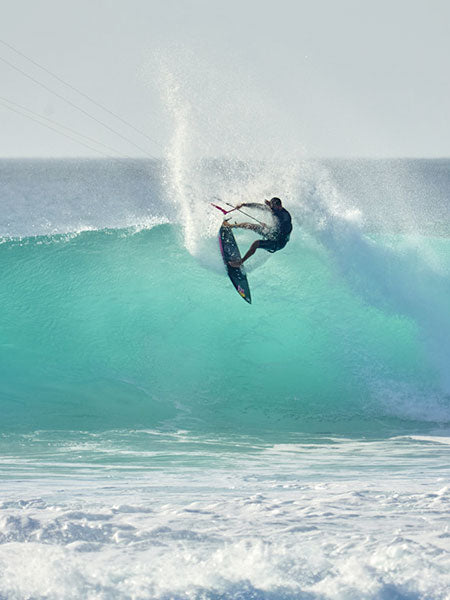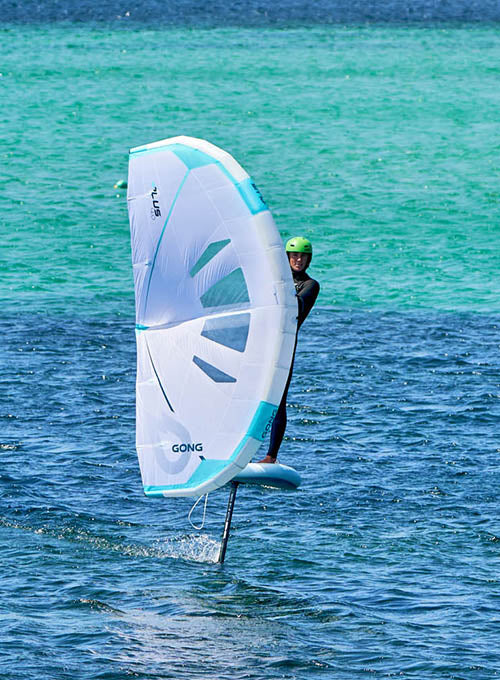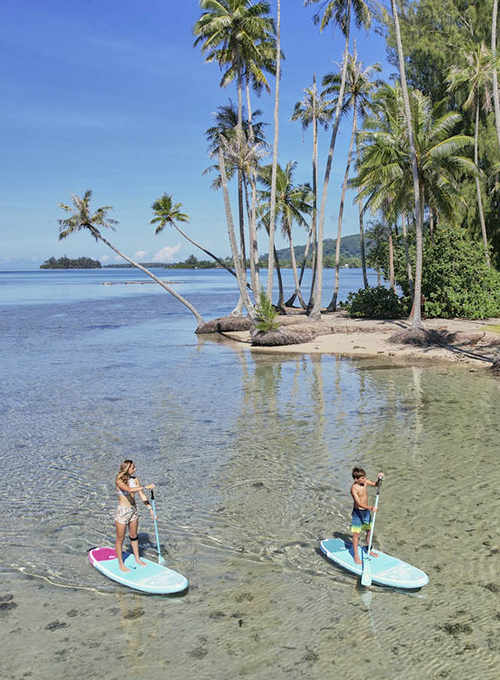Set the central fin on a 2+1 fin set-up
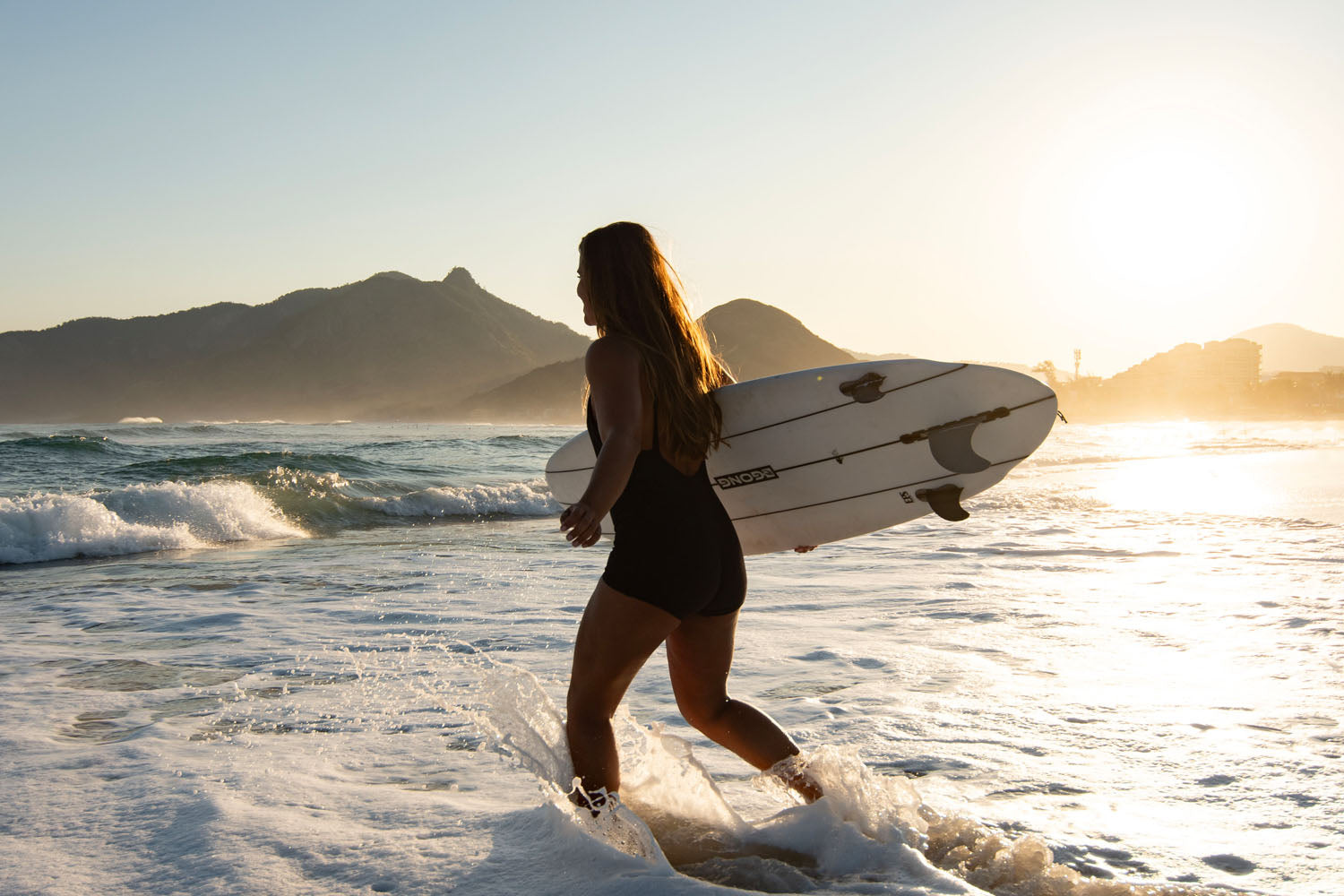
Set your central fin with a simple visual trick which ensures the optimal functioning of your 2+1 fin set-up!
A 2+1 fin set-up means your board is set with two small side fins and a large central fin. It is very common on mid-lengths or longboards because it offers an excellent compromise between the maneuverability of a thruster and the stability of a single fin (to say it simply). You can fine-tune this balance by adjusting the position of the center fin as explained below.
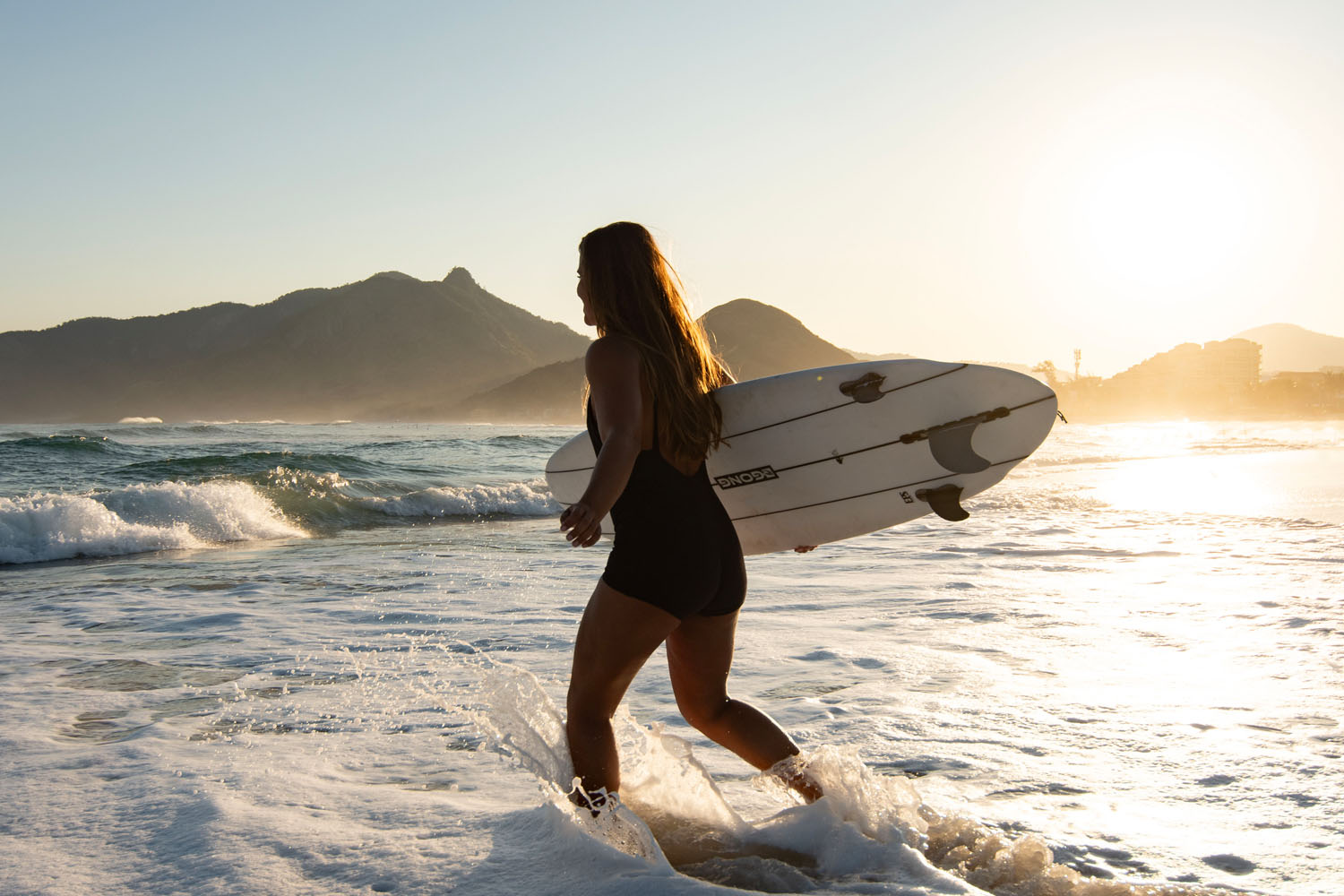
Fine tune your 2+1 set-up
While the small side fins are fixed in their boxes, the central fin can be adjusted along its US box. Although the rail of this standard box offers a rather wide range of possible adjustments, 2 cm is all you need to perfectly set your central fin.
Indeed, the base of the leading edge of a central fin on a 2+1 fin set-up must be between 0 and 2 cm away from the tips of the side fins. So you need to check the position of the central fin in relation to these tips, with a slat or a stretched line.
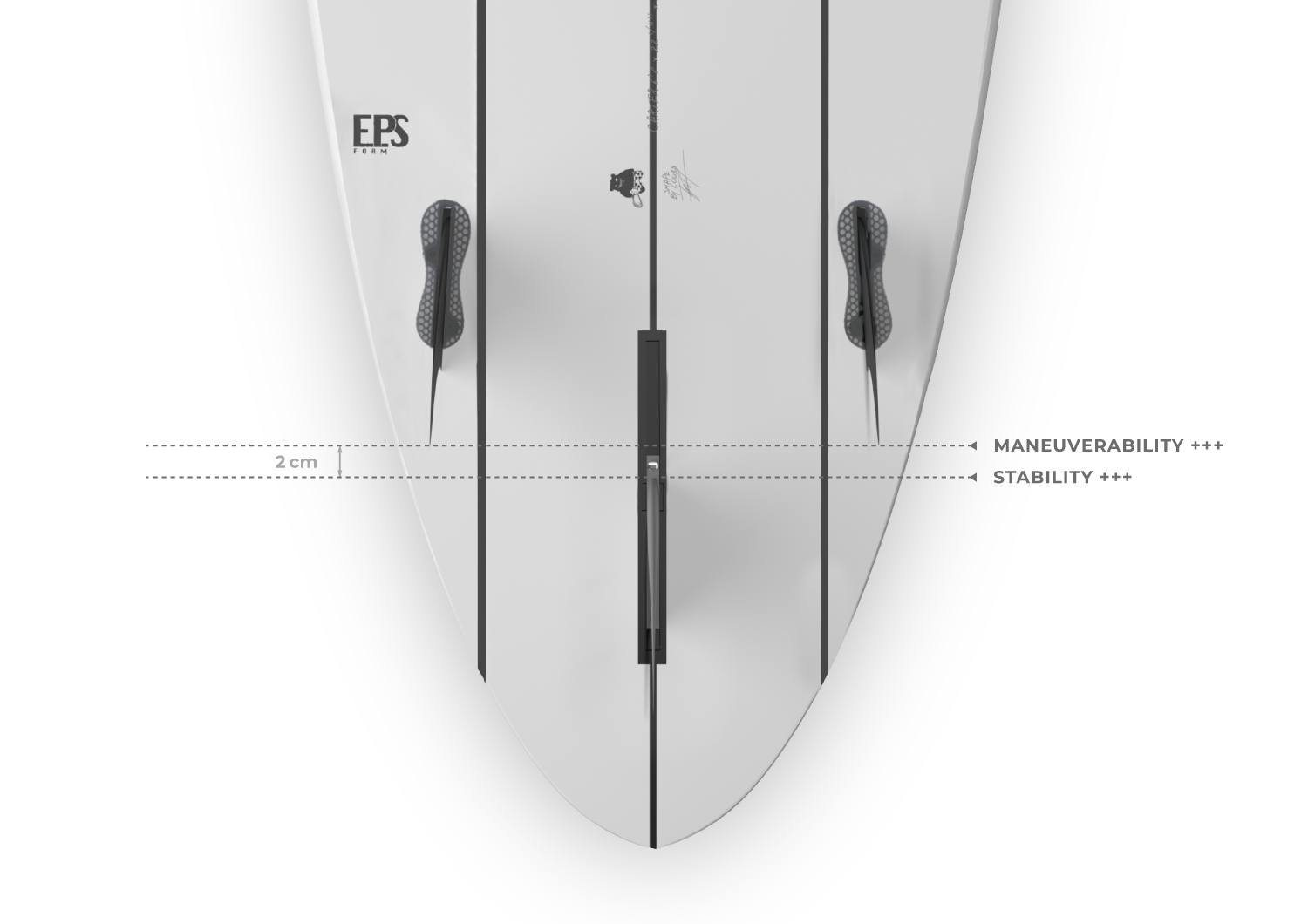
By setting a 0 cm spacing, you favor handling. At 2 cm, as illustrated above, you favor stability for a smoother style of ride. To fully understand this setting, imagine that it is the wheelbase of a skateboard. By reducing the gap between the front and rear wheels we obtain a very lively skateboard that can turn on the spot. To cruise on a downhill skateboard, you use a significantly larger wheelbase to gain stability.
If you mount larger side fins with more setback tips, you will also need to move your central fin back. The rule always applies.
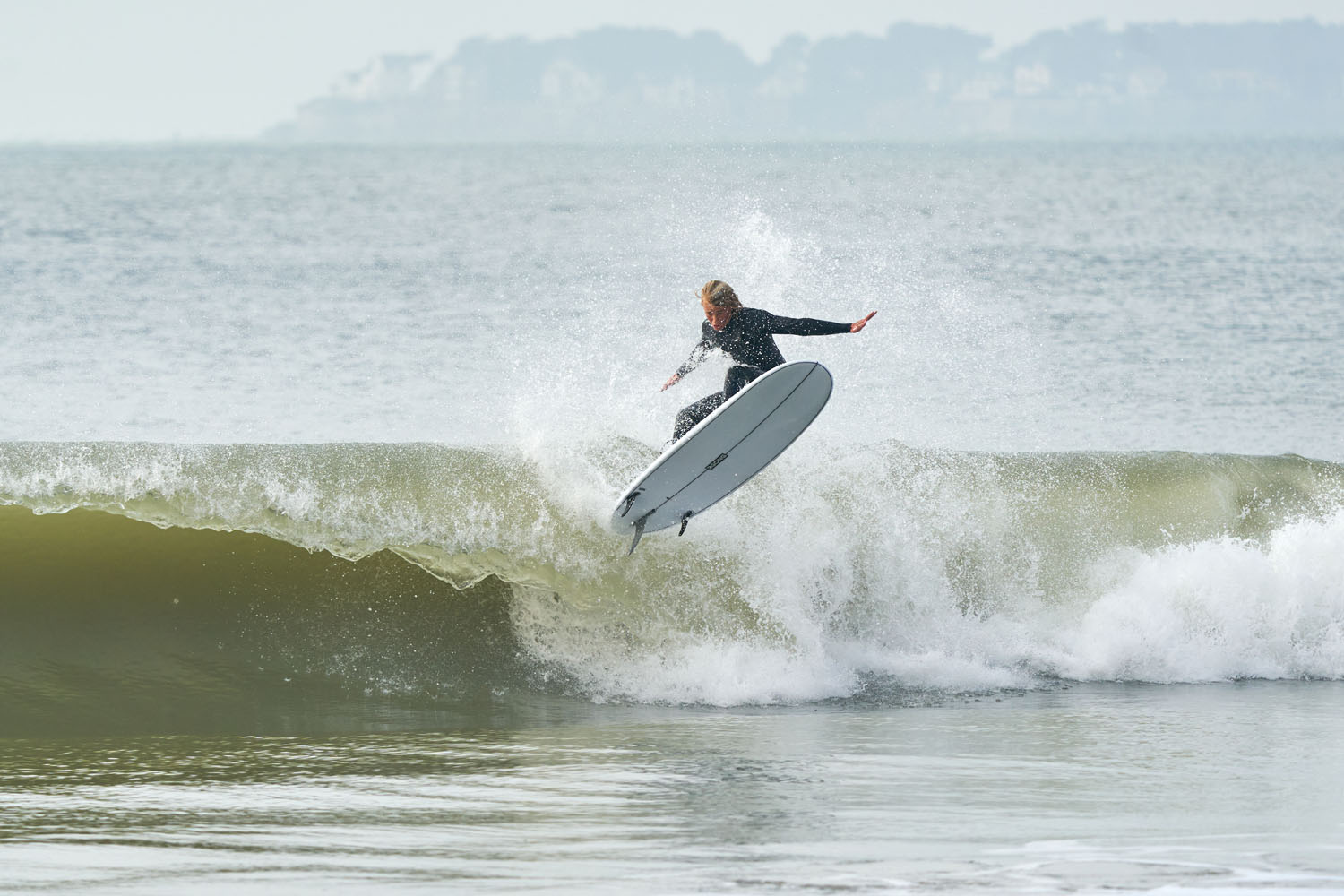
Experiment with different fin set-ups!
One of the advantages of the 2+1 set-up is that you can experiment with several fin set-ups:
- The 2+1 fin set-up is the one that will bring the most versatility to the board. It offers excellent grip when engaging a turn on the rail. It will be faster than a single set-up because the side fins boost acceleration by pulling the rail towards the inside of the curve. The central fin is less massive than for a single fin set-up, therefore more playful. And this is a key factor: the distribution of surfaces between the three fins. The more surface we put in the central fin, the more stable and progressive the 2+1 set-up will be. The more surface we put in the side fins (and therefore less on the central one), the more playful and faster the 2+1 will be. A large central fin acts a bit like an autopilot which will smooth out your line.
- The single set-up is often favored on noseriders, boards on which we will look for maximum glide before “planning” on the fins. A sufficiently deep fin also allows you to stabilize the tail of your board at the top of a wave without skidding, thus leaving maximum time to stay on the nose.
- We also see single setups on “glider” boards, mid-lengths designed to glide down the line and engage long turns. In this case we will choose a single fin with a lot of rake so as not to lock the curves.
- On mid-length boards like the Carter, you can even consider switching to a twin set-up with two large side fins. This set-up is less stable but it offers a lot of natural glide and a lot of drive when you put the board on the rail to catch a section. This is in theory the fastest setup because it generates less drag than the 2+1 setup. You might wanna check with your GPS watches! 😉
- The trifin set-up, made of three fins of the same depth and generally the same outline, offers maximum maneuverability. This is the ideal setup to cut the curves short and radicalize your surfing as much as possible. In this case, move the central fin way back so as not to have an uncontrollable board.


